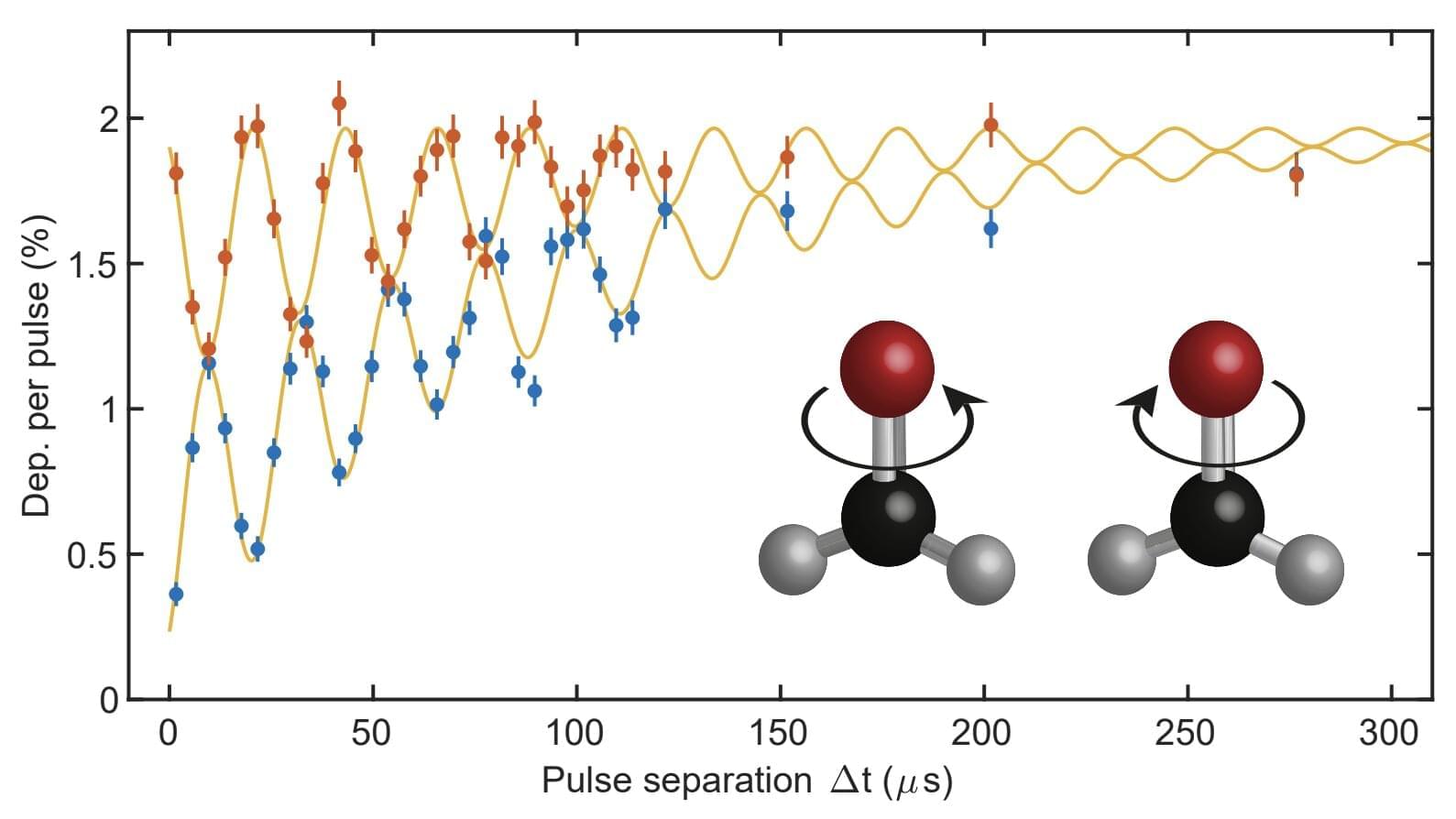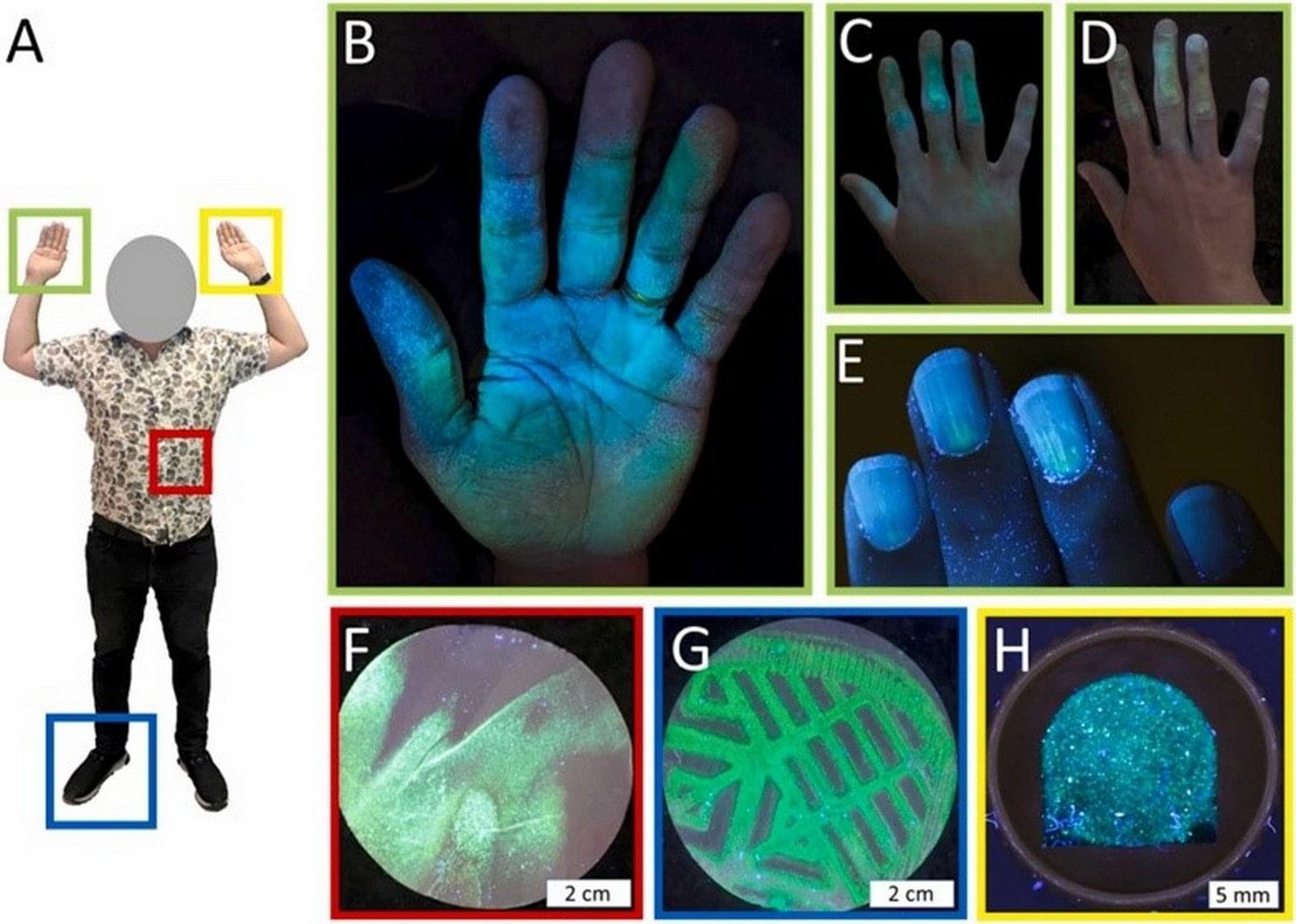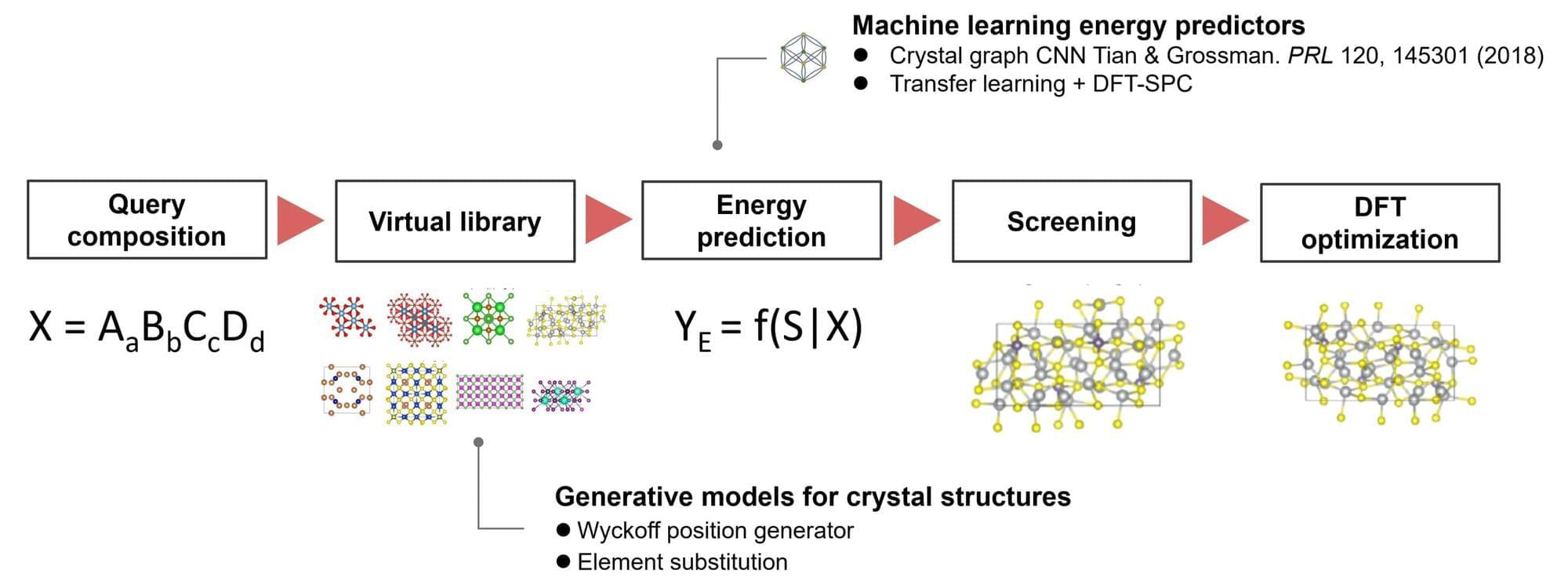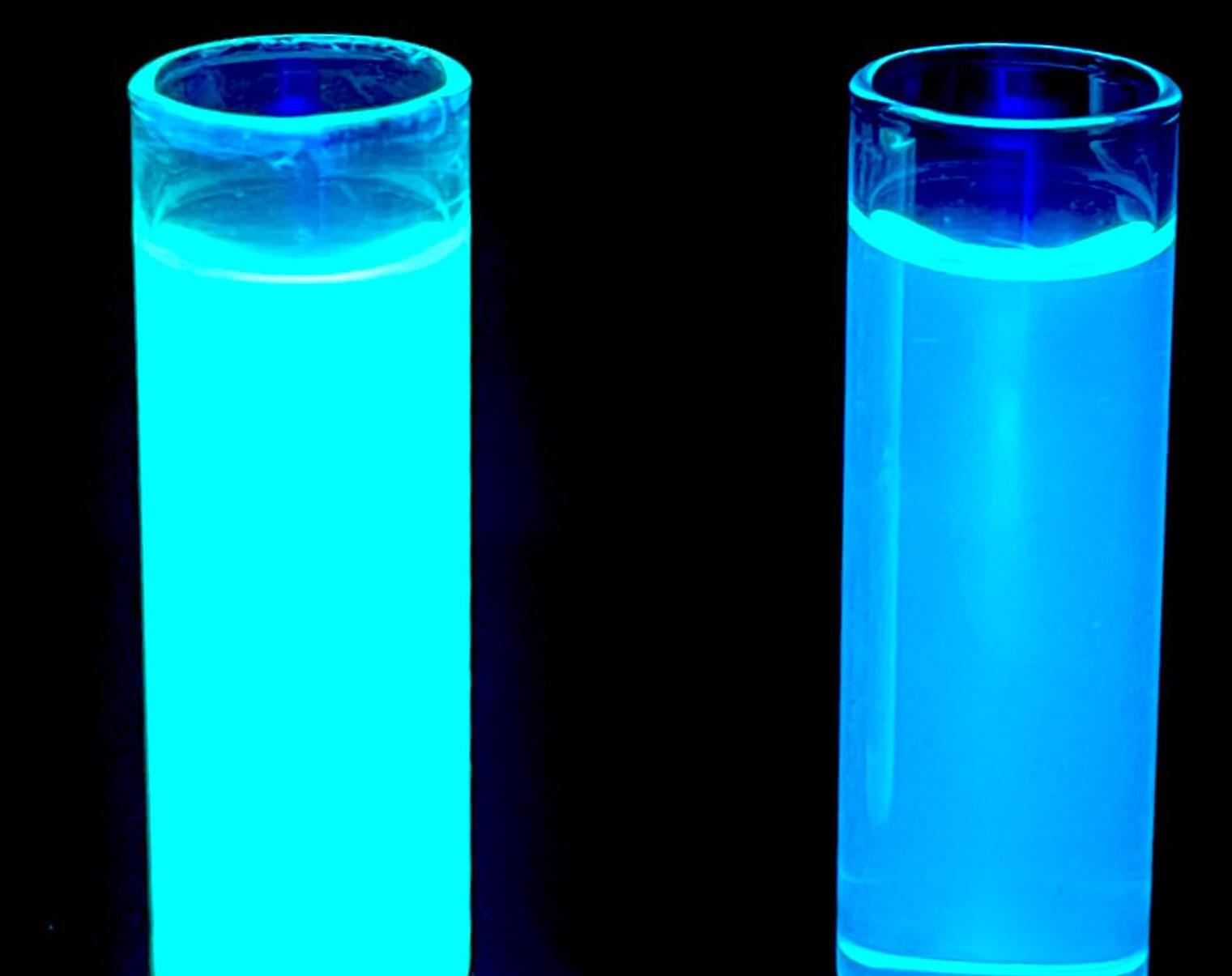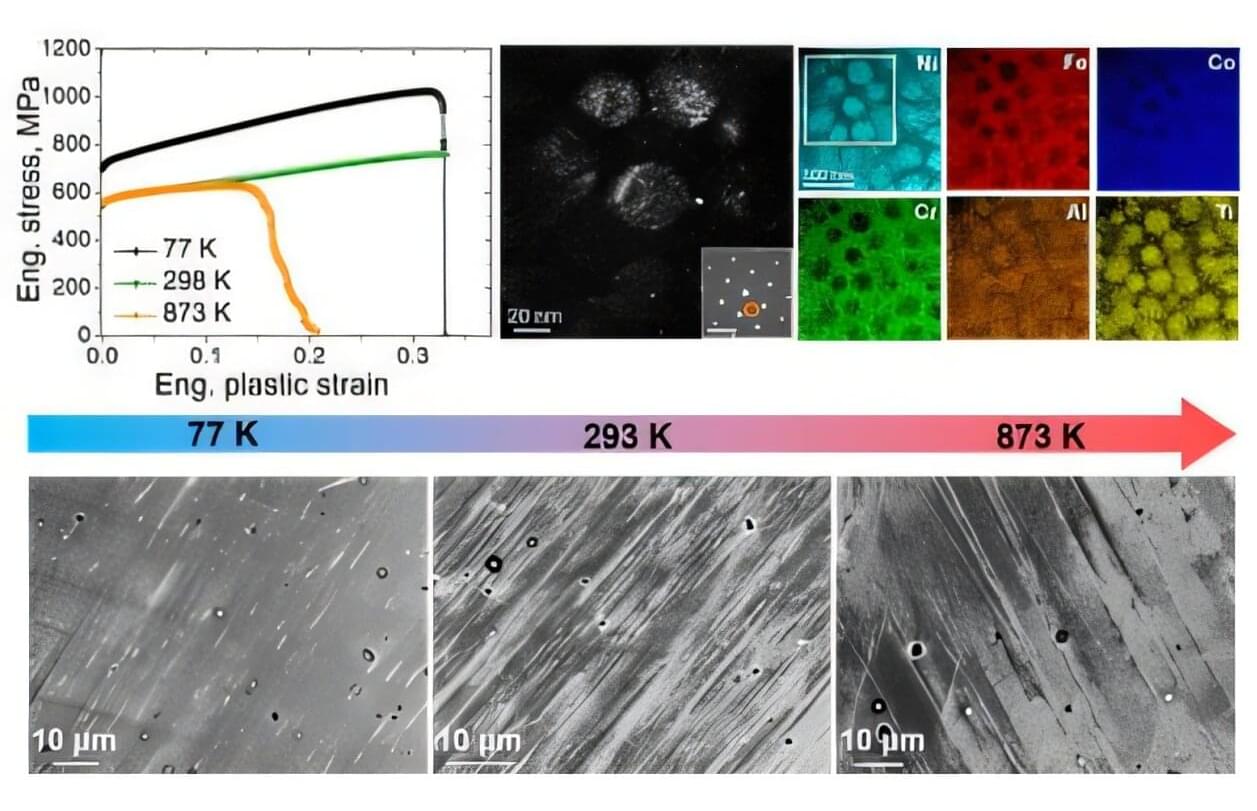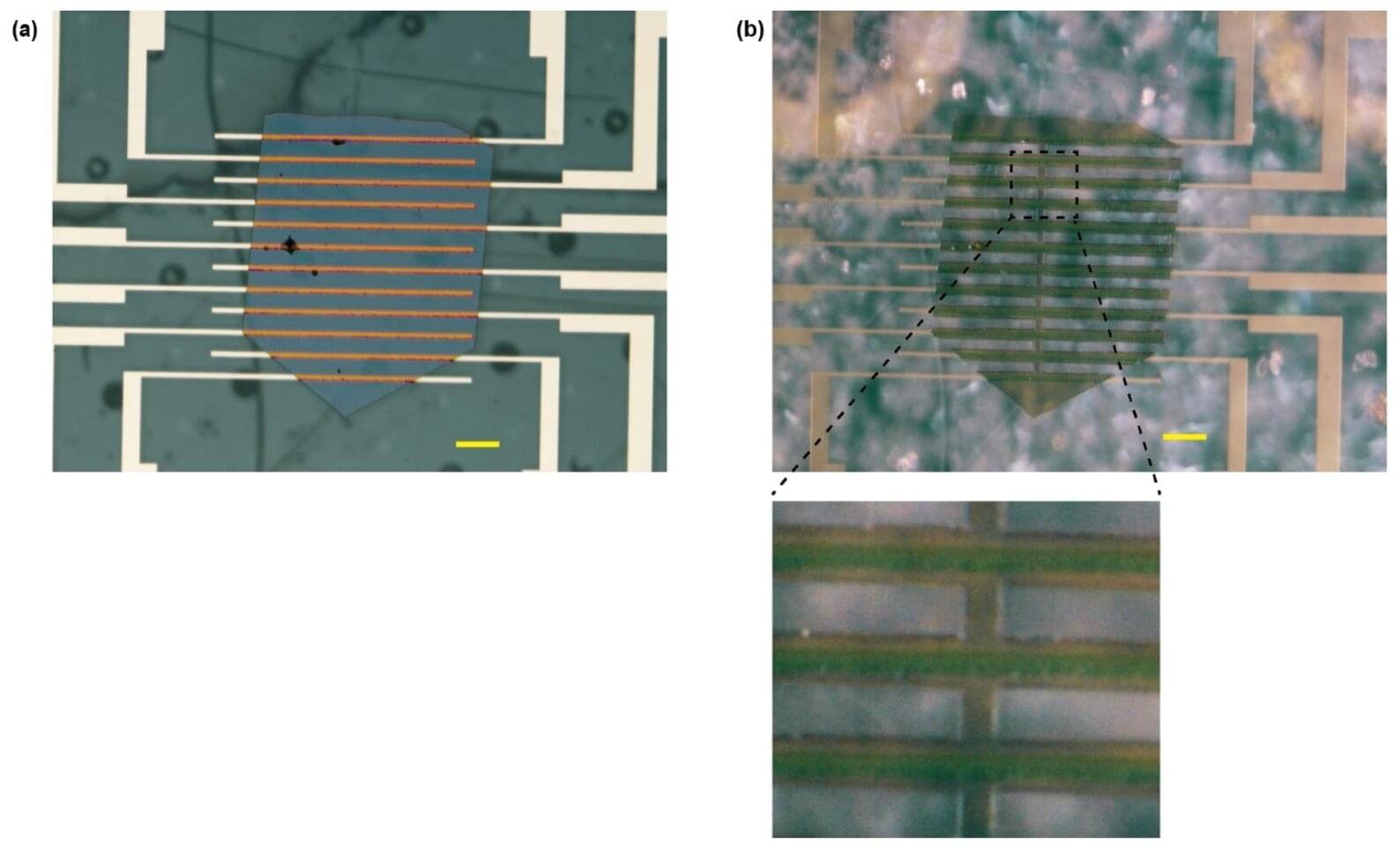Adults could one day grow their own replacement teeth instead of having fillings – as scientists make a key discovery.
Over the past decades, researchers have been trying to develop increasingly advanced and powerful quantum computers, which could outperform classical computers on some tasks. To attain this, they have been trying to identify new ways to store and manipulate qubits, which are the fundamental units of information in quantum computing systems.
So far, most studies have developed quantum systems that store qubits using superconducting materials, trapped ions, and the spin of electrons confined in quantum dots (i.e., tiny semiconductor-based structures).
Another promising and yet so far rarely explored platform for the storage and manipulation of qubits relies on polar polyatomic molecules, which are molecules with more than two atoms and an uneven distribution of electric charge.
Astronomers have discovered a planet that orbits at a 90-degree angle around a rare pair of strange stars—a real-life ‘twist’ on the fictional twin suns of Star Wars hero Luke Skywalker’s home planet of Tatooine.
The exoplanet, named 2M1510 (AB) b, orbits a pair of young brown dwarfs —objects bigger than gas-giant planets but too small to be proper stars. Only the second pair of eclipsing brown dwarfs known—this is the first exoplanet found on a right-angled path to the orbit of its two host stars.
An international team of researchers led by the University of Birmingham made the surprise discovery using the European Southern Observatory’s Very Large Telescope (VLT). The brown dwarfs produce eclipses of one another, as seen from Earth, making them part of an “eclipsing binary.”
Crime scene investigation may soon become significantly more accurate and efficient thanks to a new method for detecting gunshot residues. Researchers from the groups of Wim Noorduin (AMOLF/University of Amsterdam) and Arian van Asten (University of Amsterdam) developed the technique that converts lead particles found in gunshot residue into light-emitting semiconductors. This method is faster, more sensitive, and easier to use than current alternatives.
Forensic experts at the Amsterdam police force are already testing it in actual crime scene investigations. The researchers published their findings in Forensic Science International on March 9.
A pair of physicists at Universidad Nacional de Mar del Plata, in Argentina, have created a computer simulation of the famed Antikythera Mechanism and in so doing have found that manufacturing inaccuracies may have caused the device to jam so often it would have been very nearly unusable—if it was in the condition it is now. Esteban Szigety and Gustavo Arenas have posted a paper on the arXiv preprint server describing the factors that went into their simulation and what it showed.
In 1901, divers looking for sponges off the coast of the Greek island, Antikythera, discovered a mechanical device among the ruins of a sunken ship. The mysterious device was dated to the late second or early first century BCE, and from that time on there has been much debate in the scientific community regarding its purpose.
Some markings on the device suggest it could be used to track time and astronomical events and even predict some others, such as the arrival of a comet, courtesy of its intricate gears and pointing indicators, by turning its hand crank. Since only one of the devices has ever been found, some have suggested it had an otherworldly origin.
A research team from the Institute of Statistical Mathematics and Panasonic Holdings Corporation has developed a machine learning algorithm, ShotgunCSP, that enables fast and accurate prediction of crystal structures from material compositions. The algorithm achieved world-leading performance in crystal structure prediction benchmarks.
Crystal structure prediction seeks to identify the stable or metastable crystal structures for any given chemical compound adopted under specific conditions. Traditionally, this process relies on iterative energy evaluations using time-consuming first-principles calculations and solving energy minimization problems to find stable atomic configurations. This challenge has been a cornerstone of materials science since the early 20th century.
Recently, advancements in computational technology and generative AI have enabled new approaches in this field. However, for large-scale or complex molecular systems, the exhaustive exploration of vast phase spaces demands enormous computational resources, making it an unresolved issue in materials science.
Imagine tiny LEGO pieces that automatically snap together to form a strong, flat sheet. Then, scientists add special chemical “hooks” to these sheets to attach glowing molecules called fluorophores.
Associate Professor Gary Baker, Piyuni Ishtaweera, Ph.D., and their team have created these tiny, clay-based materials—called fluorescent polyionic nanoclays. They can be customized for many uses, including advancing energy and sensor technology, improving medical treatments and protecting the environment.
The work is published in the journal Chemistry of Materials.
A research team at POSTECH (Pohang University of Science and Technology) has developed a new alloy that maintains its strength and ductility across extreme temperatures ranging from −196 °C to 600 °C. The findings, which have drawn attention from the aerospace and automotive industries, were published in the journal Materials Research Letters. The team was led by Professor Hyoung Seop Kim from the Department of Materials Science and Engineering, Graduate Institute of Ferrous Technology, and Department of Mechanical Engineering.
Most metals used in everyday life are sensitive to temperature changes—metal doorknobs feel icy in winter and hot in summer. Consequently, conventional metal materials are typically optimized for performance within a narrow temperature range, limiting their effectiveness in environments with dramatic temperature fluctuations.
To overcome this challenge, the POSTECH research team introduced the concept of the “Hyperadaptor” and developed a nickel-based high-entropy alloy (HEA) that embodies this idea.
A new class of semiconductors that can store information in electric fields could enable computers that run on less power, sensors with quantum precision, and the conversion of signals between electrical, optical and acoustic forms—but how they maintained two opposite electric polarizations in the same material was a mystery.
Recent studies have revealed that electrons passing through chiral molecules exhibit significant spin polarization—a phenomenon known as chirality-induced spin selectivity. This effect stems from a nontrivial coupling between electron motion and spin within chiral structures, yet quantifying it remains challenging.
To address this, researchers at the Institute for Molecular Science (IMS) /SOKENDAI investigated an organic superconductor with chiral symmetry. They focused on nonreciprocity related to spin-orbit coupling and observed an exceptionally large nonreciprocal transport in the superconducting state, far exceeding theoretical predictions. Remarkably, this was found in an organic material with inherently weak spin-orbit coupling, suggesting that chirality significantly enhances charge current-spin coupling with inducing mixed spin-triplet Cooper pairs.
The work is published in the journal Physical Review Research.

